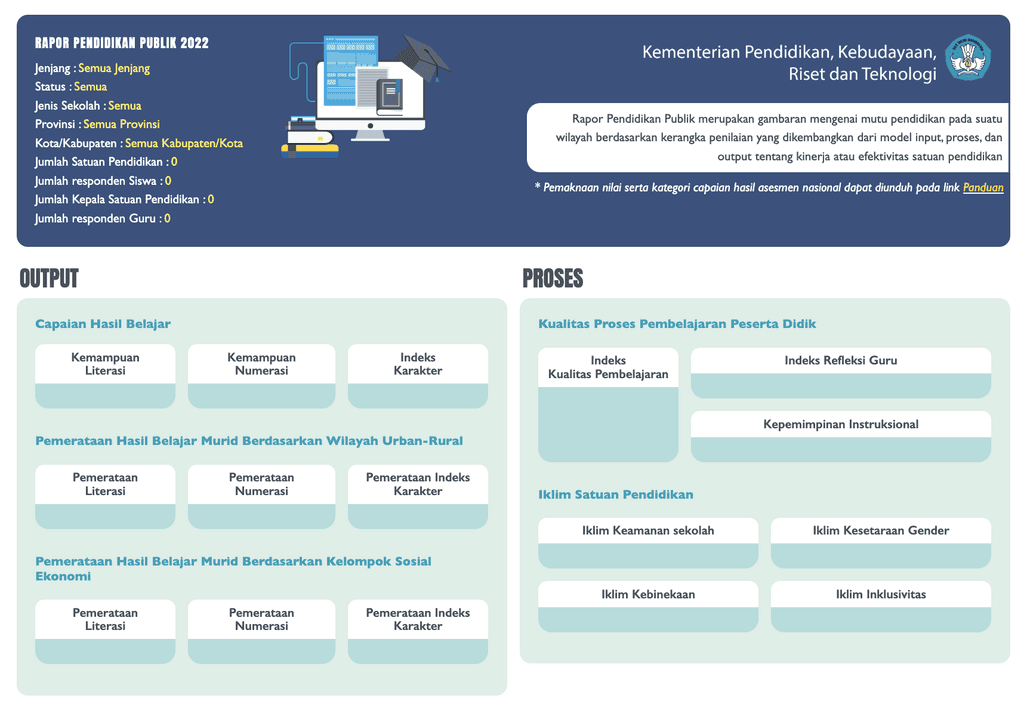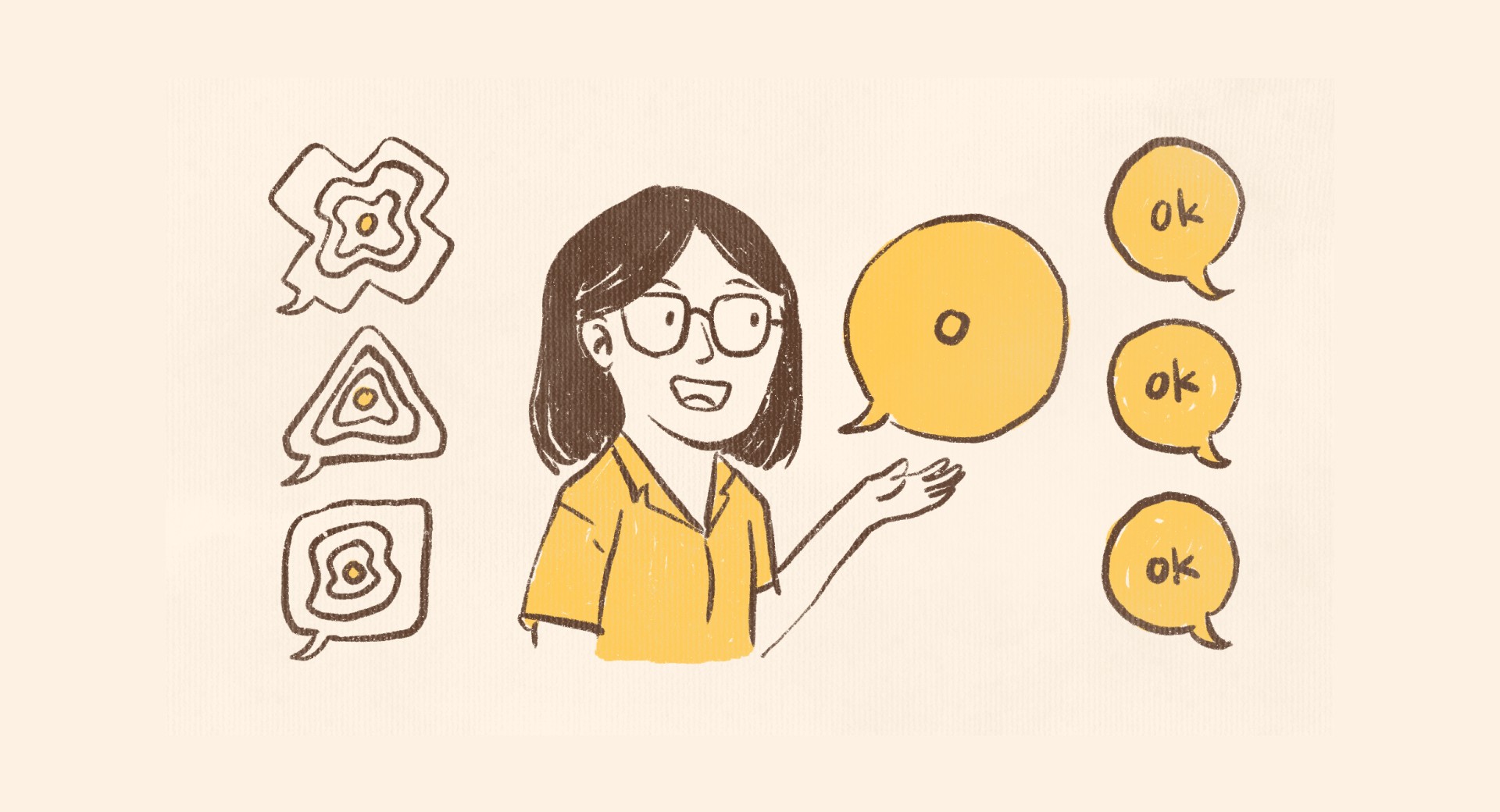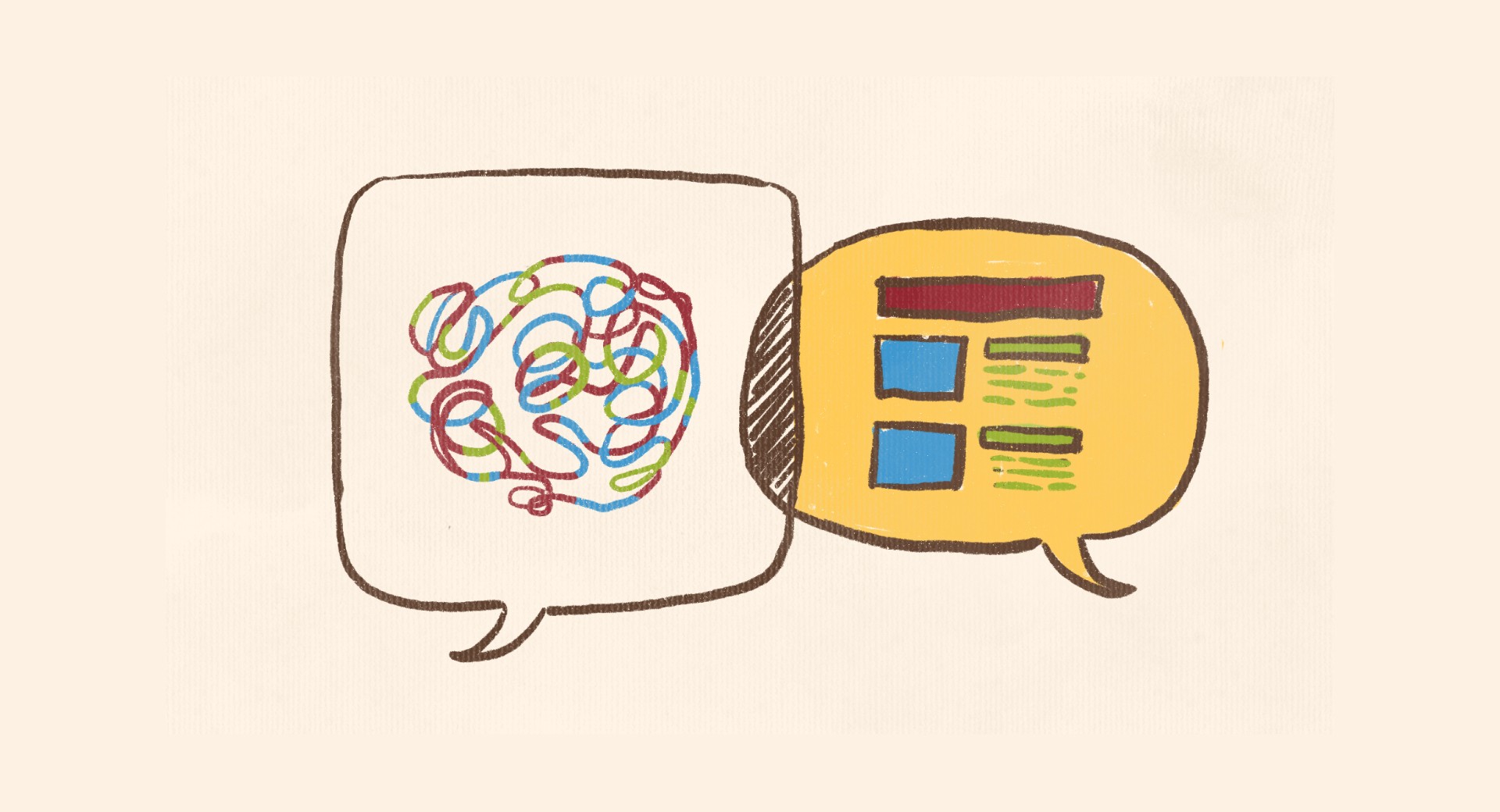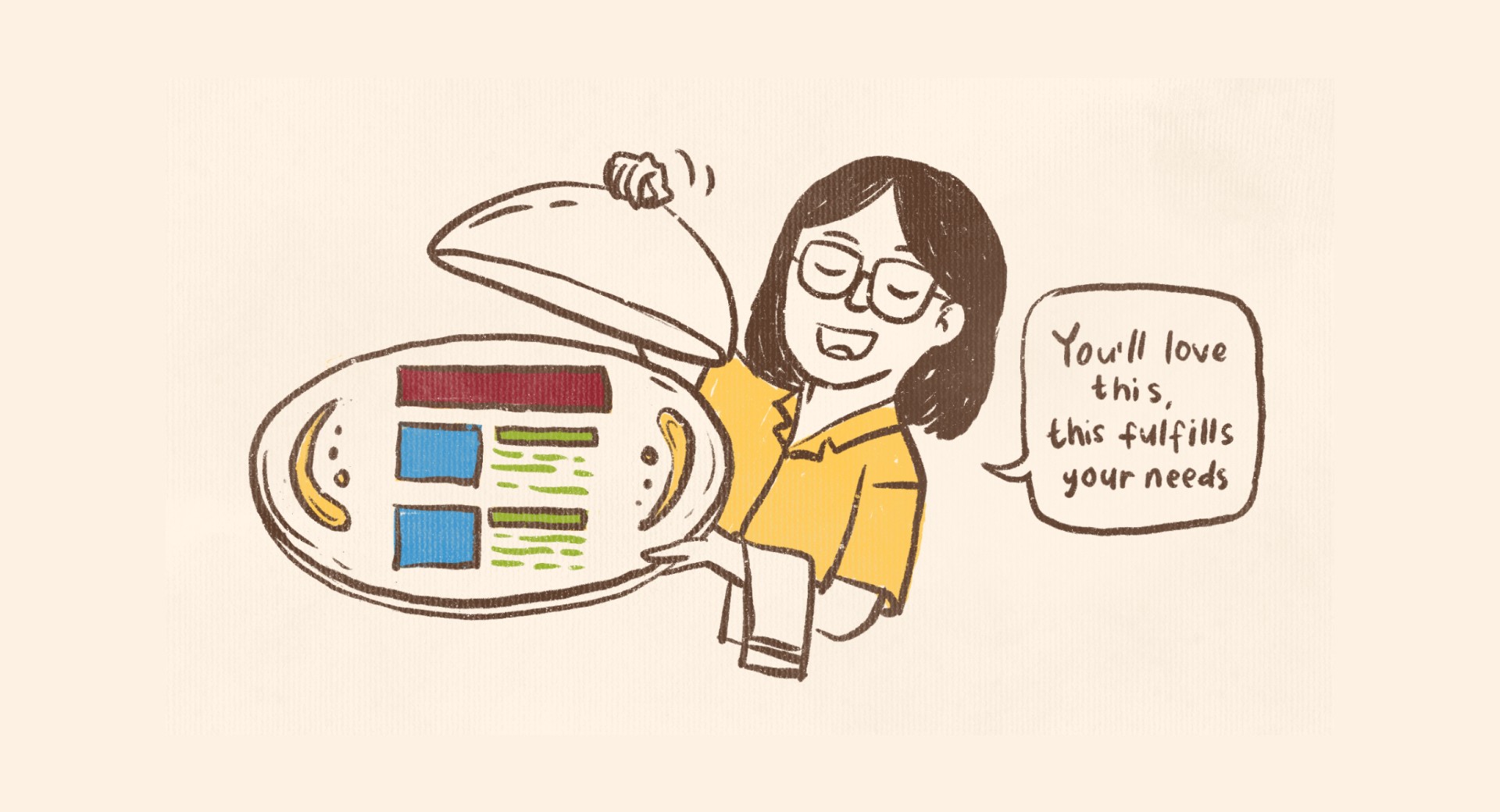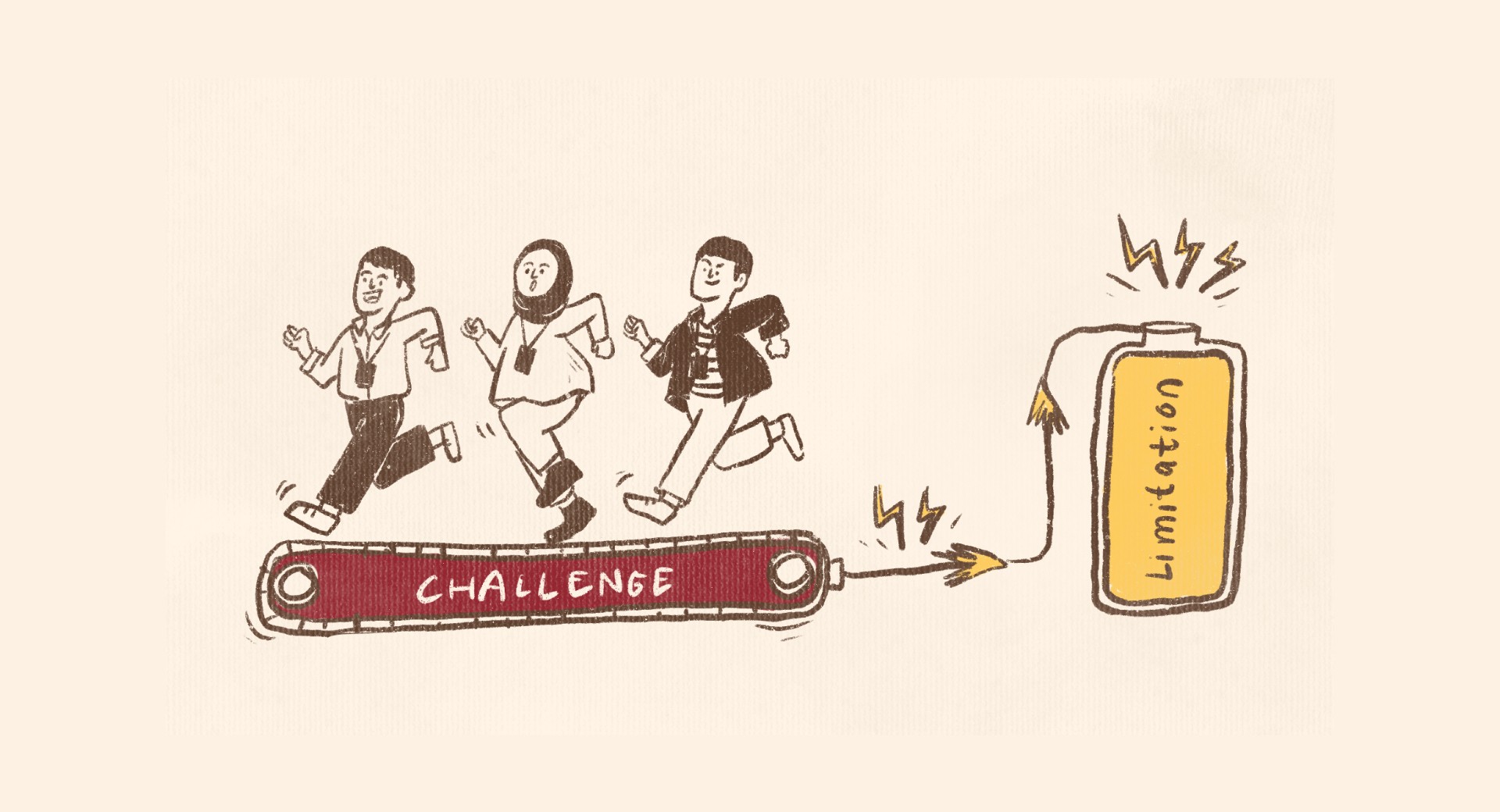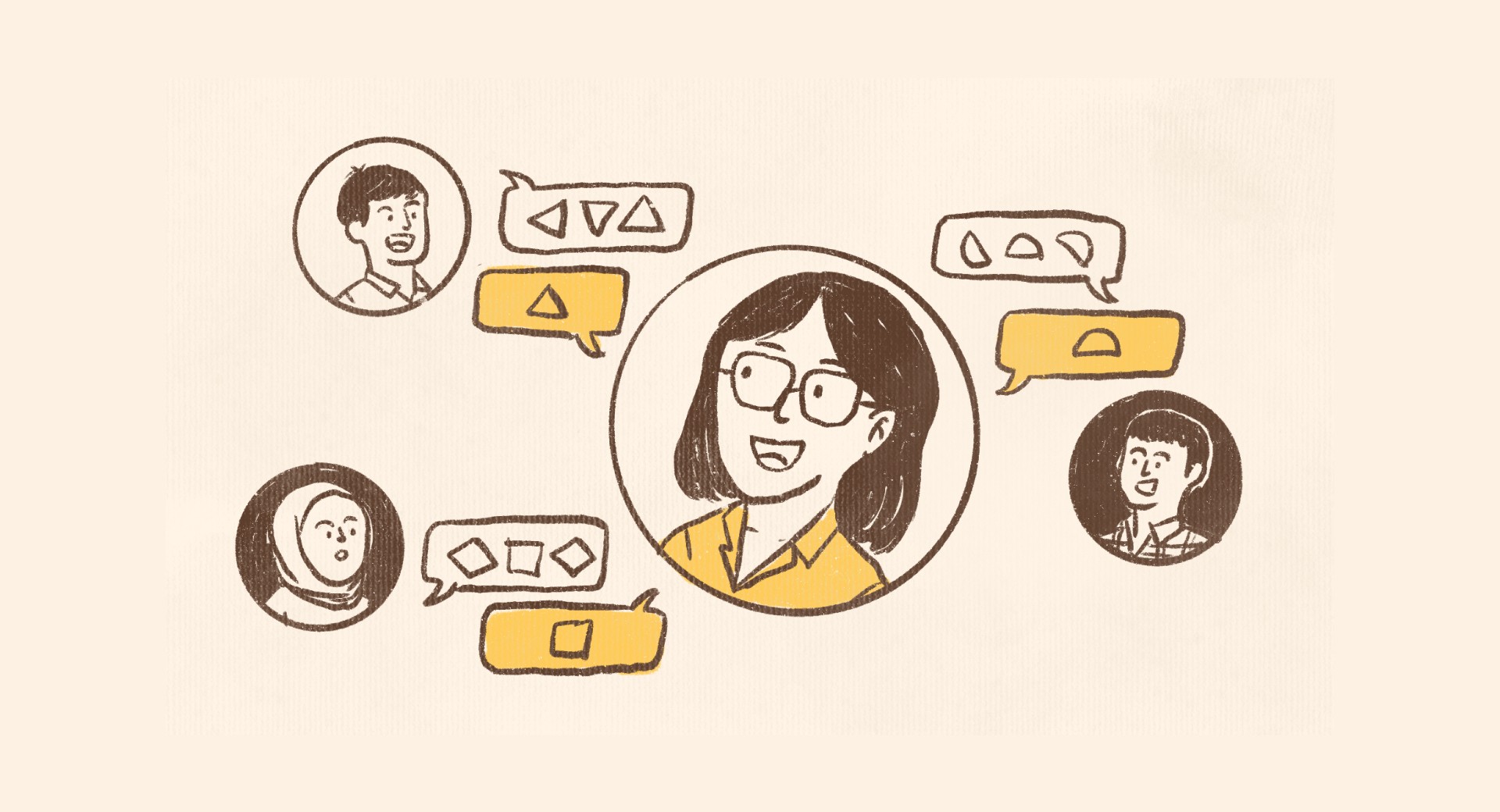
Design Manager
GovTech Edu

"Despite being a first-timer design manager, I accelerated output delivery by 25%, completing the final design 3 weeks ahead of schedule"
What is Public Education Report Card?
The Education Report Card was first released in 2022 to showcase the National Assessment scores of schools in Indonesia. It was initially built for schools and regional governments to assess their quality of education and use it as a foundation to identify, reflect, and strategize their improvement plans. Now, we're designing a new version of the Report Card specifically for the public as a form of transparency, and to encourage societal collaboration for better education quality.
Before
After
A bit context about my role and my team in this project
As a design manager, I led a design team consisting of a designer, copywriter, and researcher. My responsibility was to supervise the entire process, ensure design quality (from strategy to execution), manage team workload, and foster collaboration with other stakeholders. The design team collaborated closely with both internal (product, substantial, engineer) and external teams (government executives & task force), and my job was to ensure that all design decisions were well-communicated across teams.
So.. what was the main challenge during the process?
Okay what did I do then?
One thing that I’ve learned from working with the government is to recognize what is beyond my control, and instead focus on what my team and I can manage. Despite the challenges, here’s how I optimized my role as a design manager to empower my team and still achieve excellent results:
The design team regularly met with external government stakeholders to get design feedback and direction. As I mentioned earlier, these meetings involved many people, and we often received various inputs, not all of which were relevant. When this happened, I would identify common concerns by doing a quick on-site synthesis. Then, at the right moment, I would step in and clarify their intentions. If the discussion veered off-topic, I guided it back. If it was moving in the right direction, I steered them towards potential actions my team could take. This kept the conversation moving forward while accommodating their concerns, ensuring everyone had the same understanding of the issue. At the end of the meetings, I jotted down the list of actionable items and shared them on our internal communication channel. My goal was to ensure the design team had a clear picture of the next steps.
exhibit:
Our government stakeholders work in substantial area on a day-to-day basis. They’re not familiar with how technology works, let alone the design process. Their top priority is to ensure that substantial context is well-delivered, and my priority is to fulfill our stakeholders’ needs without harming user-friendliness. To achieve this win-win solution, I used our regular design feedback sessions to educate them about our process and thinking. I encouraged my team to always share the thinking process behind their work and made sure our design rationale was well articulated during presentations. By familiarizing them with our thinking process, it will be easier to gain trust & empathy from our stakeholders.
exhibit:
exhibit:
exhibit:
When I first joined this project, I created a multi-chat on Slack with the design team to brainstorm ideas asynchronously. That random multi-chat became a hub of active discussion where my team members shared updates, thoughts, and even rants. Managing two tribes simultaneously, that multi-chat helped me stay updated on my team’s current work and alerted me when something went wrong. Sometimes we would quickly solve problems together, but I often realized the issues needed to be escalated for better solutions. As an advocate for my team, it’s my responsibility to eliminate any blockers they face. I use my 1-on-1 sessions with other function leads or simply slack them to escalate my team’s issues and trigger a discussion. When the problem is visible to other cross-functional teams, it allows us to collaborate and reinforce more effective problem-solving.
Is there any great result from there?
The design is finalized 3 weeks earlier from timeline so the output delivery is accelerated by 25% , and this Public Education Report Card was launched on 17th October 2024 to the public (specifically researchers & educational observation institutions). The release event was held offline in the Ministry building and was attended by 500+ participants.
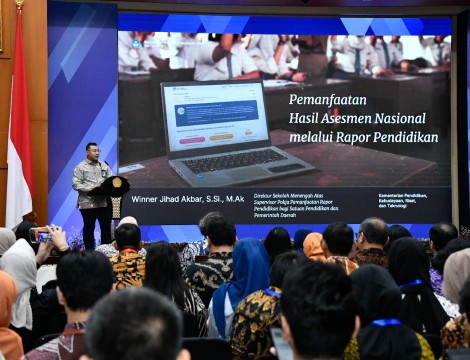

✦ Team Credits
Afnizar Nur Ghifari (Designer) for his design excellence and perseverance in finding hacky solutions despite the limitations.
Atika Sulistyan (Copywriter) for her meticulousness in copy crafting and patience in dealing with difficult stakeholders.
Thalia Shelyndra (Researcher) for her thorough research and assertiveness in keeping this project on track.
And to the other cross-functional teams who worked their hearts out for this project, thank you for your resilience, support, and cooperativeness:
Shan Sebastian, Geraldo Nicholas, Falih Hermon (Product)
Dimas, Ardhito (Engineer)
Putri, Ika, Abi (Substantial)
